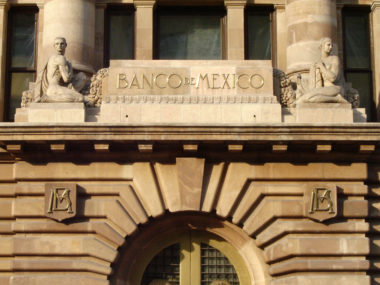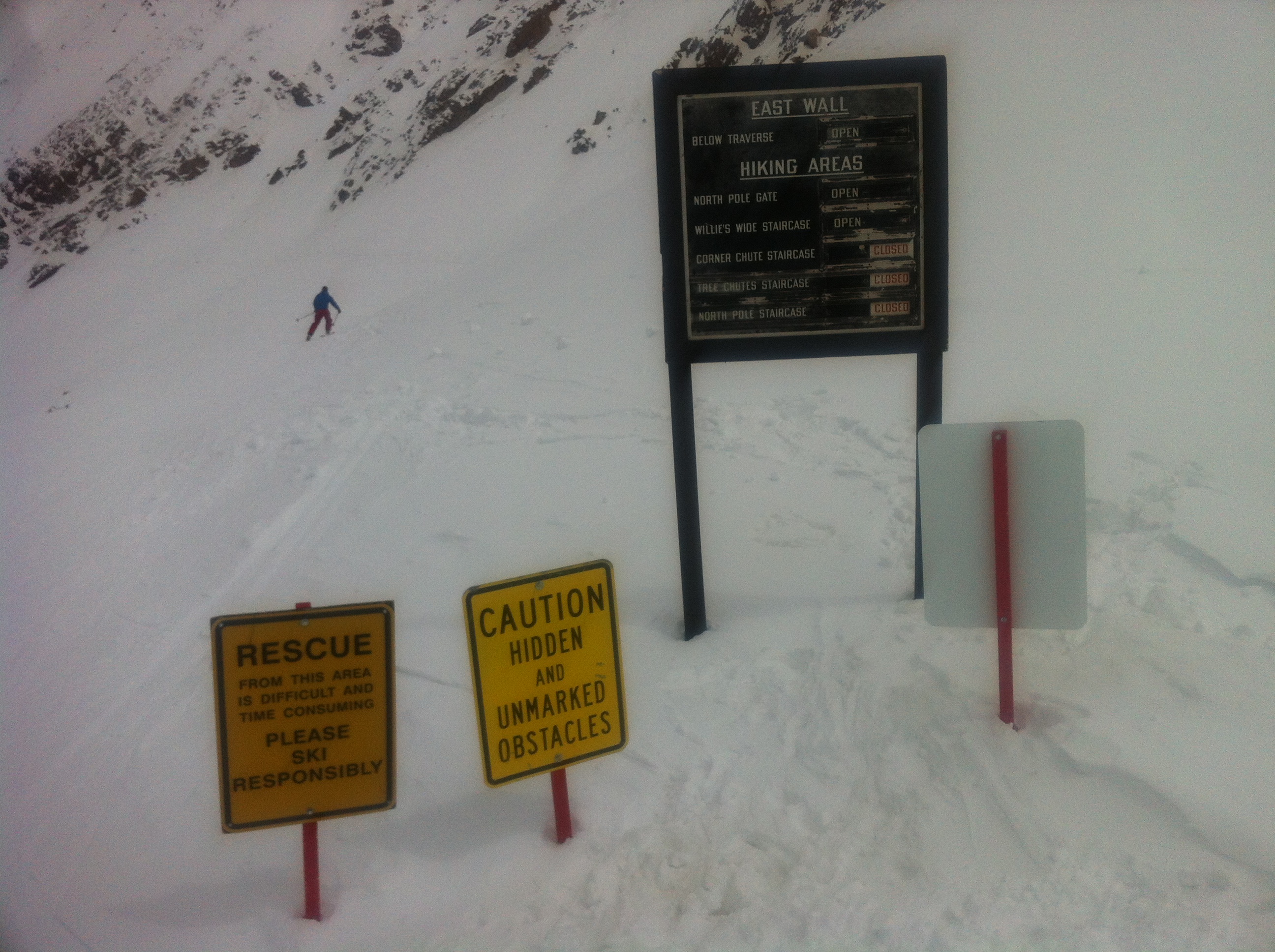By Oliver Kaplan and Jacob Shapiro

One of the main policies pursued in the war on drugs has been crop eradication. Instead of hurting drug producers and reducing the flow of narcotics as intended, these efforts have proven to be a great bust, and one that can be measured. At least this is the finding from recent scholarship on crop eradication in both Afghanistan and Colombia, which indicate that counter-narcotics efforts have largely not decreased supply, and, at least in Afghanistan, have had the perverse effect of increasing resource flows to insurgent groups. This should not be surprising, since when demand for any good is inelastic, restricting supply from what you’d have in a fully competitive market yields a more than proportional increase in prices, i.e. more profit.
A new paper on opium production in Afghanistan by Jeff Clemens shows that this is exactly what has happened in the Afghan opium trade. Because demand for opium is largely price inelastic and eradication efforts in Afghanistan disproportionately targeted government controlled areas, the net effect of crop eradication was to increase resources flowing to farmers in Taliban-heavy districts, who benefited from the removal of their competitors’ crops. Given the widespread evidence that the Taliban effectively tax opium in territory where they have a strong presence, this dynamic was almost surely a financial boon to the Taliban.
Similar studies, including work by Colombian economist Daniel Mejía focusing on crop eradication in Colombia, show that aerial spraying has done little to put a dent in the production of coca, from which cocaine is made. Again, these studies find that demand for drugs is price inelastic, so that small increases in price do not greatly affect consumption but do increase profits. Mejía finds that interdiction of drug trafficking is a relatively more efficient policy compared to eradication but that counter-narcotics resources have been relatively mis-allocated toward the latter. For these reasons as well as adaptations by producers to eradication, Mejía concludes, “The amount of cocaine reaching consumer countries remains relatively stable seven years after the initiation of Plan Colombia, and the price of cocaine at different stages has not risen.”
In sum, crop eradication efforts appear to be a net benefit for armed groups while depleting government coffers. Surely the resources allocated to crop eradication could be better spent.

![Photo credit: Monos [Official Trailer].](https://politicalviolenceataglance.org/wp-content/uploads/2020/02/Screen-Shot-2020-02-18-at-12.33.34-PM.png)





0 comments
These are some interesting (and sobering) findings. I have done some empirical work on the impact of drug production, eradication and interdiction on terrorist activity, a related issue. My findings are a bit different: I find that eradication is a negative predictor of terrorist attacks. However, this might be due to the better policing or control of territory that is fostered in order to execute eradication. So, it might not at all contradict the premise that eradication drives up prices, and profits, for drug actors. Links to articles:
[Public Choice] http://link.springer.com/article/10.1007/s11127-011-9846-3
[TPV] http://www.tandfonline.com/doi/full/10.1080/09546553.2011.648680
Jim Piazza
Dept. of Political Science
Penn State
Great Jim, thanks for sharing.